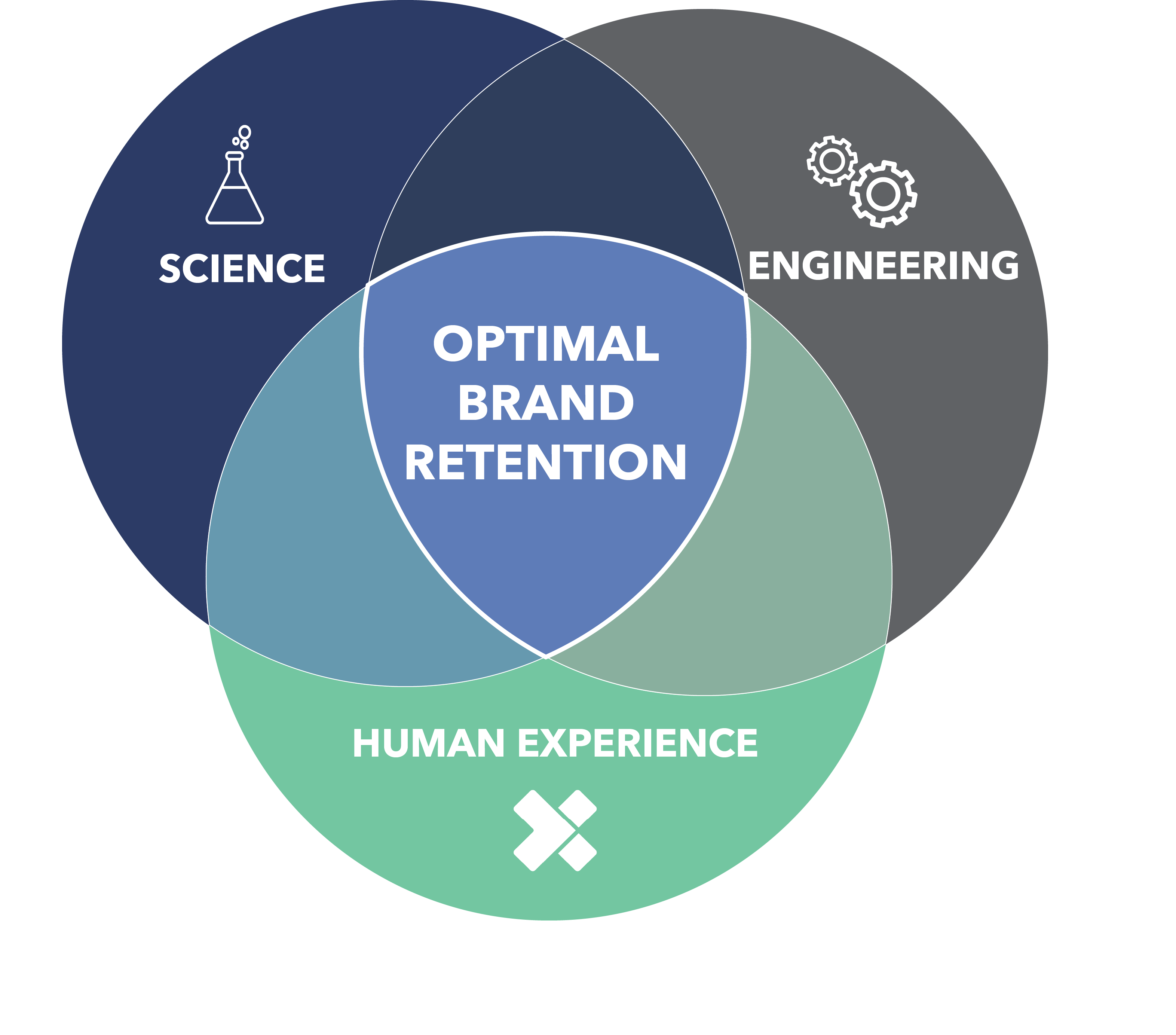One of the values most often attributed to the medical field is the aspiration to “do no harm” to any patient. However, despite the best efforts of medical facilities, many potential hazards can get in the way of patient health and safety.
To create effective strategies to increase patient safety, facilities must identify and address these hazards for clinical excellence.

Communication
When individuals do not communicate information correctly, they may cause errors in medication distribution, daily care tasks, and misunderstandings related to symptoms. To avoid this, many hospitals have adopted better communication practices, such as keeping a written log of standard information that a nurse, doctor, or another caregiver must fill out each time they check on a patient.
Improved Medication Labeling
Trying to avoid distributing medications incorrectly has long been a focus for medical staff. It is the reason that the five “rights” of medication administration were created. However, there are other ways to make it easier for medical professionals to get the right dose of the right medicine to the right patient through the right route at the right time.
Improving medication labeling and training staff members to identify the necessary information on medication labels will help reduce incorrect medication administration instances, thus increasing patient safety.
Informed Choices for Medical Equipment
When used effectively, medical equipment can dramatically increase patient safety. However, medical equipment that is either ill-suited to a patient’s needs, not up-to-date, or prone to breaking down becomes a hazard to patient safety.
When medical facilities go through the process of medical equipment rental, they must be aware of the quality of the equipment, what it can and can’t do, and whether they will have the means to perform proper maintenance.